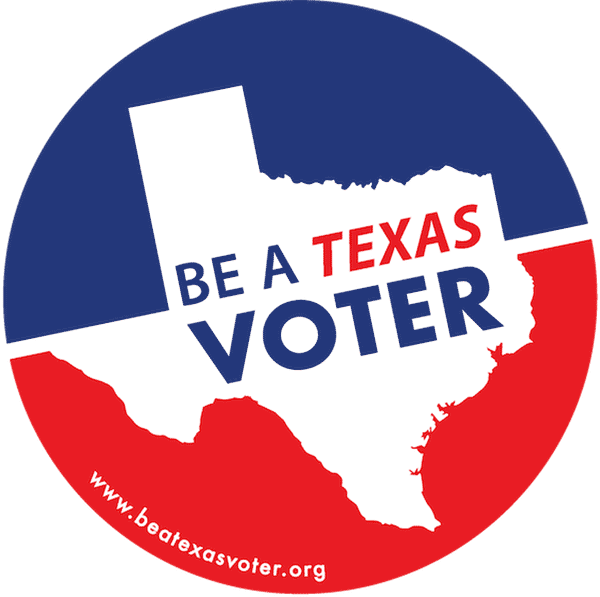- South Texas Students Meet Accordion Music Icons Los Tigres Del Norte In Edinburg Thanks To Khs America/Hohner Alianza Académica Initiative
- Fragile Planet Offers a Nighttime Wildlife Experience
- Falcons Soccer Off & Running
- Cameron County Receives Funds to Improve Two Parks
- Falcons Complete First Half of 32-6A
- School District to Help out Victims of California Wildfires
- Sand Castle Days Continued Despite Unexpected Weather
- Ready for District
- Discussion of Garbage Dumpster Rates, Agreements Between State & City on Highway Regulations, and More
- 31st Annual Shrimp Cook-Off is Right Around the Corner
Long voting lines predicted for Texans in November
- Updated: March 20, 2020

By Roz Brown
Texas News Service
AUSTIN, Texas — Long lines at Texas polling places on Tuesday are being blamed on too few voting machines and a higher turnout than expected.
But some voting advocates say it’s because Texas makes it hard to vote.
Voters encountered hours-long waits at polling places in heavily Democratic Party cities including Austin, Dallas and San Antonio.
Anthony Gutierrez, executive director of Common Cause Texas, maintains it’s part of a systemic problem in the state.
He argues that too many Texas political leaders introduce legislation to discourage, rather than encourage voting.
“Anything that would possibly stifle participation, particularly among minority groups — those seem to be the measures that are always coming very close to being passed or passed,” Gutierrez states.
A report by civil rights group The Leadership Conference Education Fund found that Texas closed more polling places than any other state last year.
The study also noted that 44% of polling places around Waco in McLennan County — where newcomers are primarily black or Latinx — closed between 2012 and 2018.
Gutierrez says unless the state increases funding to upgrade voting machines and boosts the number of election workers, issues that plagued Texas voters on Super Tuesday will be repeated eight months from now.
“We’ll continue seeing those issues in November,” he states. “A lot of voting machines that are not up and running when they’re supposed to be, a lot of poll sites that failed to open because there’s not enough manpower or enough machines.”
Election officials in Harris County, home to Houston, blamed long waiting times on a higher than expected turnout, which was up 40% compared to 2016.
